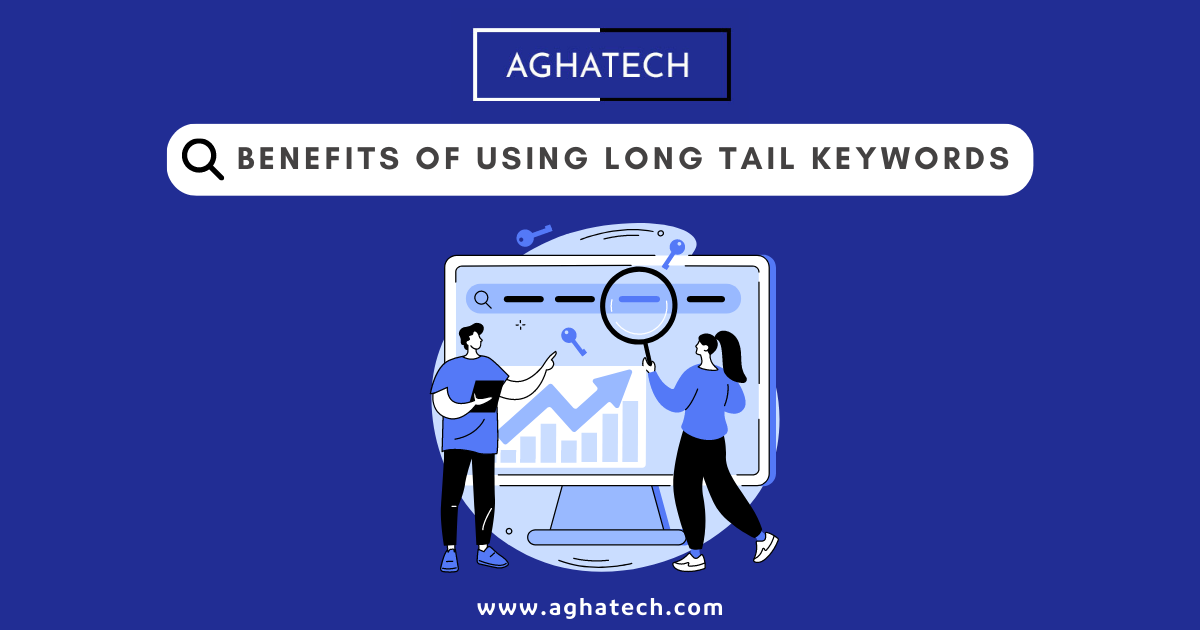Table of Contents
10 Benefits of Using Long Tail Keywords for SEO
Talking about benefits of using long tail keywords? More like long tail revenue! Get more targeted traffic and higher conversion rates with these SEO superheroes. Learn what long tail keywords do for SEO now!
Discover the Top Benefits of Using Long Tail Keywords in Your Marketing Strategy
When creating SEO-driven content, the benefits of using long tail keywords are many. Most digital marketers fail to generate traffic because of poor content or a lack of using appropriate keywords. Content creators and digital marketers incorporate keywords to make their links more clickable and reach a broader audience. However, the story does not end here; nothing in excess is fruitful. With increasing competition for essential keywords that every SEO expert intends to target, you need more inventive solutions to remain on the leading edge. Short keywords often have high competition and can be too broad to accurately target your audience. This can lead to irrelevant traffic and low conversion rates.
Long tail keywords, in contrast, are more specific and targeted, leading to a higher likelihood of converting potential customers. They can also help you rank for less competitive phrases, allowing your content visibility by your target audience. Therefore, benefits of using long tail keywords include alleviating the problems of low conversion rates and irrelevant traffic. It leads to more successful and effective digital marketing efforts. However, as mentioned earlier, nothing in excess is fruitful. A wise digital marketer will utilize long tail keywords only where necessary. It is good to make the most of the benefits of using long tail keywords. Read the following article to discover 10 benefits of using long tail keywords. But before that, let’s comprehend what long tail keywords are.
What are long tail keywords?
Long tail keywords are highly specific and often longer phrases that may not receive as much search traffic as general keywords. Still, they tend to have a higher conversion value. By incorporating long tail keywords into your marketing strategy, you can evoke traffic to your website and reach motivated audiences more likely to convert. These specific keywords can also help gradually increase your site’s overall traffic. This is where benefits of using long tail keywords come into play. Long-tail keywords can be easier to rank because they have less competition than general, short-tail ones. The more specific and targeted your keywords are, the better your chances are of ranking well on search engine results pages. However, digital marketers always fear that their content may go unnoticed if they use long tail keywords.
Worry not. This is not the case due to the expansion of the digital network. Your niche will always find its way to your desired audience!
Short tail keywords vs long tail Keywords
It is always a good option to contrast both types of keywords to weigh the benefits of using long tail keywords over short-tail ones.
-
- Short tail keywords
Short tail keywords are more general and broader and often have a higher search volume. These keywords are typically more competitive, as many websites try to rank for them. However, they may not be as targeted or specific, resulting in less qualified traffic to your website. These keywords are around 1 to 2 words and yield unspecified results than long-tail ones. Examples include: ‘SEO’.
-
- Long tail keywords
They are typically less competitive, making ranking them on search engines easier. Long tail keyword phrases are three or more words long and specific as they concentrate on a domain. This means fewer people search for long tail keyword phrases. However, long tail keywords have a lower search volume, meaning fewer people may search for them. They can be more difficult to incorporate into content and marketing campaigns because they are more specific. But an ultimate choice would be to use it wisely and incorporate a blend of short and long-tail keywords. An example of such keywords includes ‘SEO content for website’.
10 Benefits of Using Long Tail Keywords for SEO
Doing keyword research and understanding the search behavior of your target audience can help you determine the right balance for your campaigns. Although using long tail keywords are less common, people who find your website through them are more likely to buy your goods or service. Here are the top 10 benefits of using long tail keywords:
1. It Boosts Conversion Rates
The primary benefit of using long tail keywords is that they boost conversion rates because they are more specific and targeted. Which can attract a more qualified audience to your website. When visitors find your website through a long tail keyword search, they show interest in what you offer and proceed to the buying process. According to NP Digital, “more than four-word searches account for 95.88 percent of Google searches, implying that you can obtain plenty of hits. Because these searches are more targeted, the people who do them are likelier to be buyers.”
Long tail keywords boost conversion rates through the user search intent. For example, you are looking for an interior decorator for your bedroom décor. If you search using the keyword ‘interior decorator,’ you will possibly land on millions of search results with interior decorator in it. The search results will be too broad and unspecific to your search intent. If you would rather search “interior decorator for bedroom in Dubai, UAE,” you will see specific, narrow, and precise search results. You will possibly find interior decorators based within your location and specific to your need. To lead buyers to make apt buying decisions is also one of the benefits of using long tail keywords.

2. It Lowers Competition
Another benefit of using long tail keywords is that high conversion rates lower competition. You can see the graphical representation above to see how lengthy keywords maximize conversion while lowering competition. This means that fewer websites are competing for these keywords. Making it easier to rank them on search engines. By targeting long tail keywords, you can focus on less competitive phrases and potentially improve your chances of ranking well on search engines.
It is challenging to gain visibility in search engines using short tail keywords because of the high competition for these generic terms in organic search results and paid advertising spots. However, using long tail keywords can increase your website’s search engine visibility. It allows you to target a more specific audience and rank higher in search engine results pages (SERPs) and pay-per-click (PPC) advertising areas.
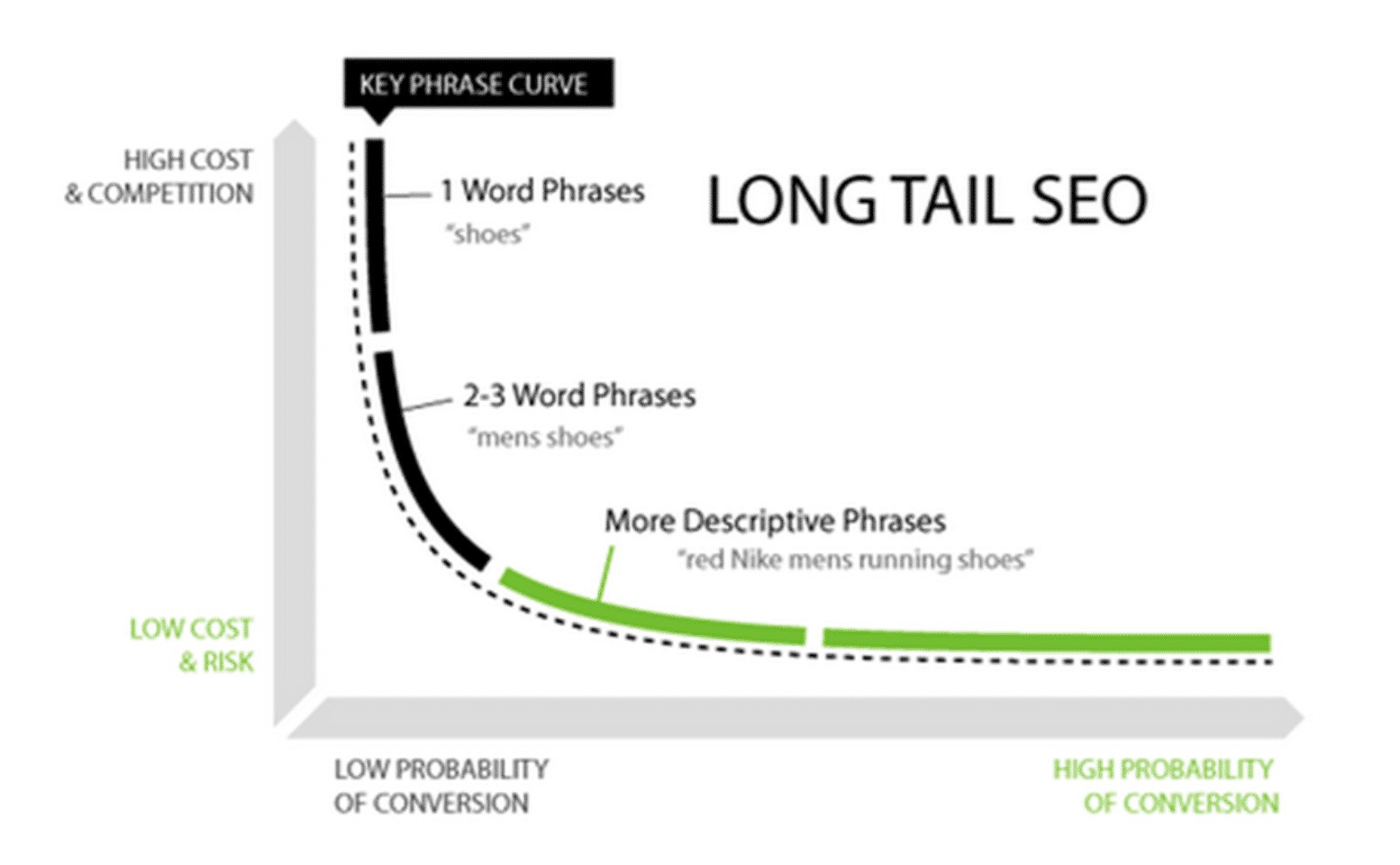
https://www.plezi.co/en/find-use-long-tail-keywords/
Google uses various factors to determine the ranking of web pages, including the online authority of the pages. Some industry leaders tend to dominate the rankings for competitive keywords because their pages have a high level of authority due to the number of backlinks they have. In this regard, the benefits of using long tail keywords are using precise terms to let new pages rank quickly. Create content that is extremely relevant to long tail keyword searches and outperforms other ranking pages in terms of answering those searches. You can achieve a top 10 ranking position with little to no off-page SEO indicators.
As a cherry on top, the benefits of using long tail keywords include promoting short-tail keywords. Often long tail keywords already contain short tail keywords, which helps you to rank your content higher in the SERPs. Using short and long tail keywords will help achieve higher site rankings and, therefore, more organic traffic. For example, if you try to rank for the short-tail keyword “dog food.” You could include long-tail keywords such as “best dog food for small breeds” or “homemade dog food recipes” in your content. This may help search engines understand that your page is relevant to a wider range of search queries related to dog food. It will increase the likelihood that your page will rank for those keywords.
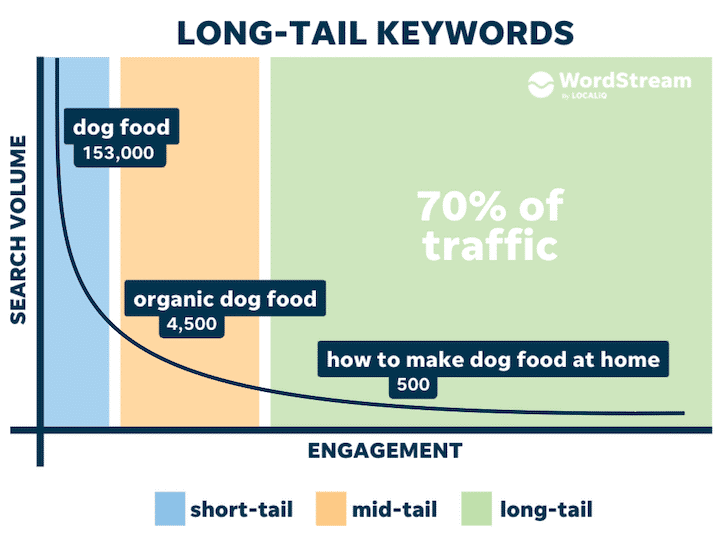
A simple way to boost the ranking of your website is to frequently publish new, relevant content. One way to do this is by maintaining a blog that caters to the interests and needs of your target audience. The benefits of using long-tail keywords are that they provide insights into the types of queries your audience is likely to search for. You can attract and engage your target audience by creating content addressing common pain points. And incorporates relevant long-tail keywords.
An amazing benefit of using long tail keywords is that it also works better for voice search. As per Moz, most online queries (70%) are long-tail keywords. People tend to use more conversational language when searching on the internet, akin to asking a question. With the rise of virtual assistants like Alexa, Siri, and Google Home, which facilitate voice search, the use of long-tail keywords is becoming even more prominent. Individuals using voice search typically search for specific information or services. Therefore, they are an ideal target audience for businesses and websites.
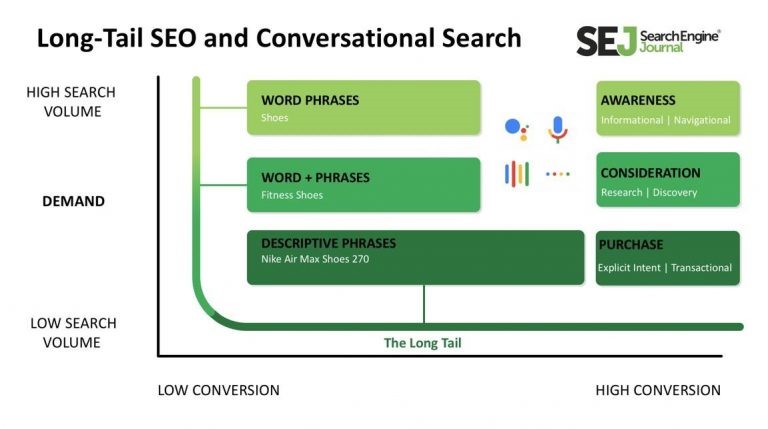
Suppose you’re looking to use PPC advertising on Google AdWords. In that case, it’s important to understand the benefit of using long-tail keywords instead of short-tail keywords. Typically, long-tail keywords have a lower cost-per-click (CPC) than short-tail keywords. This means targeting these longer, specific keywords is more cost-effective for driving traffic to your website and acquiring new customers. Because of the lower CPC, businesses stretch their ad budget further while still reaching the right audience.
Long tail keywords help customize your content by adding concise and targeted phrases. For example, instead of using the keyword “shoes,” you could use a long tail keyword such as “women’s running shoes for wide feet.” The benefit of using long tail keywords here is two-fold. Long-tail keywords, often consisting of four or more words, typically include descriptive terms such as gender, nationality, or location. By including these keywords in your content, you can tailor your content to specific categories and services offered by your company. This targeted approach allows for a more effective content strategy, enabling you to capitalize on the advantages of contextual marketing.
According to SEO Chatter, “an effective SEO approach that can assist your website as a reputable authority within its domain is by implementing topic clusters.” Topic clusters involve grouping related content on your website that covers a broad subject matter. But each individual article delves into specific aspects. The benefits of using long tail keywords are that topic clusters offer contextual reinforcement for other web pages within the group. Furthermore, an optimal strategy for topic cluster content would include an abundance of web pages that center on long tail keywords that pertain to the broad category. Thereby strengthening the site’s topical authority in that field. Additionally, topic clusters also enable you to build a strong SEO internal linking system to assist visitors and search engines in finding your content. An example of topic cluster as defined by Hubspot:
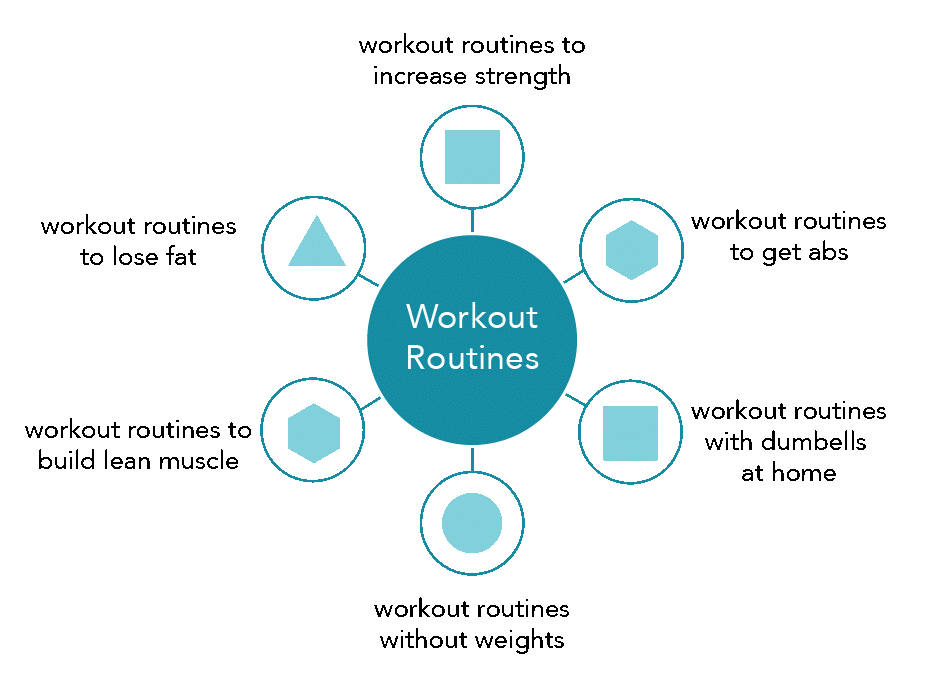
In addition, using long tail keywords can also help you rank for short tail keywords with just one piece of content. They are more specific phrases that are longer than two words. And so you can easily build it into your content naturally. In a nutshell, incorporating long tail keywords into your SEO strategy can provide a wide range of benefits for your website. The benefits of using long tail keywords include better user experience, targeted audience, and lower CPC for ads. It is a simple yet effective way to optimize your website and improve its ranking in search results.Bottom of Form

